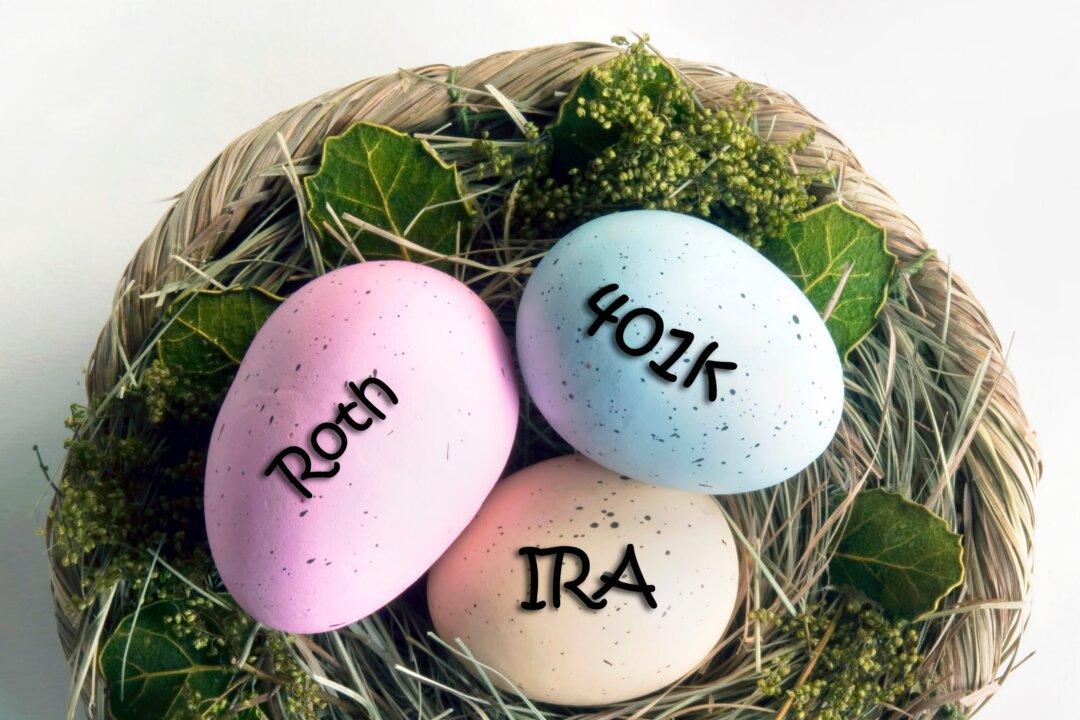The end of 2022 saw the passing of Setting Every Community Up for Retirement Enhancement (SECURE) Act 2.0, which brought about many changes, including some that drastically affect some 401(k) benefits. Many of these improvements are very welcome for people with these common retirement plans.
The changes should encourage more employees to invest more in their 401(k) and be better prepared for retirement. It is a good time to start preparing, too, because it is uncertain what will happen to Social Security payments in the not-too-distant future.






